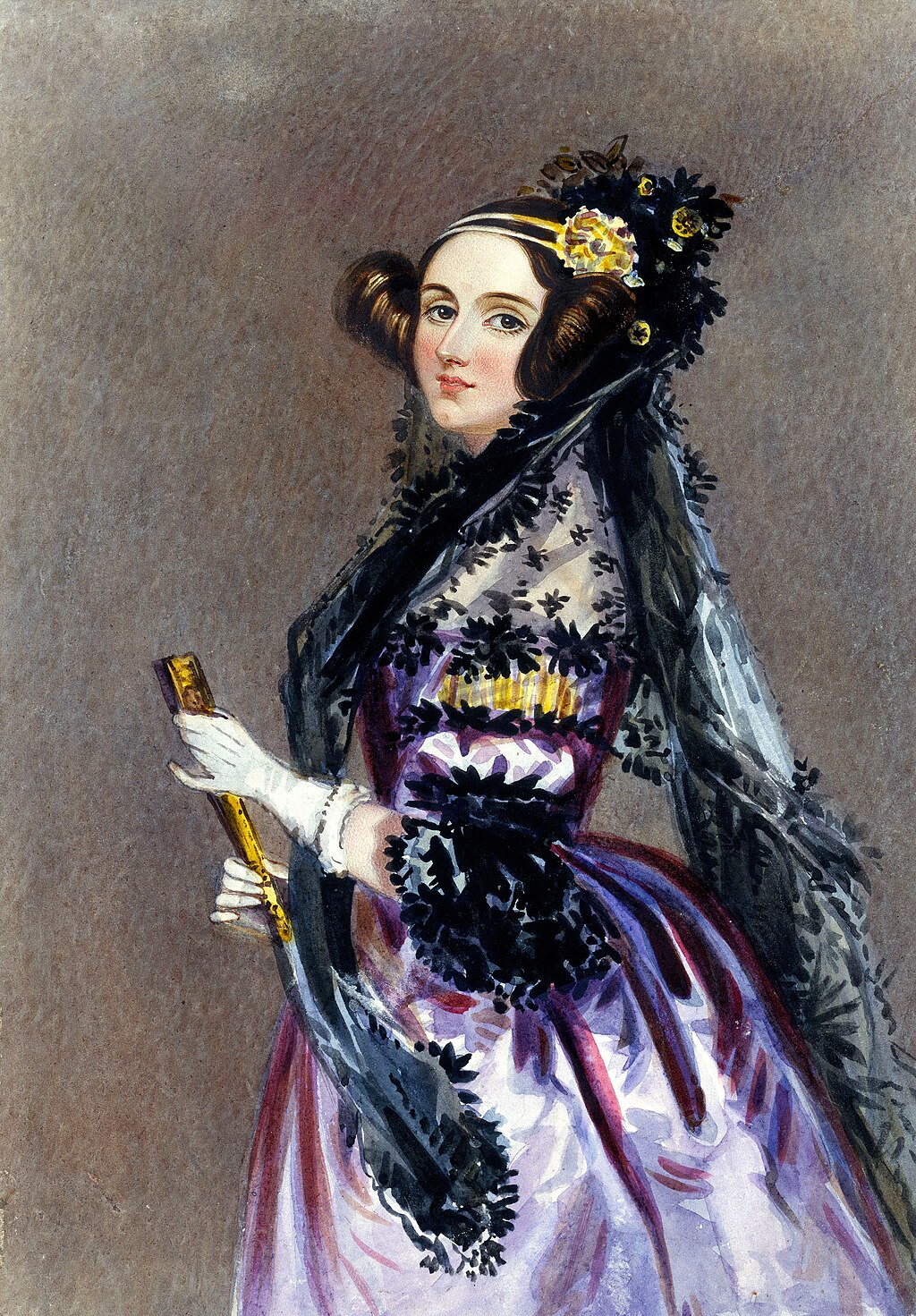The Woman Behind the Legacy

Born in 1815 as the daughter of the romantic poet Lord Byron, Ada Lovelace might have been destined for a conventional aristocratic life. Instead, her mother ensured she received a rigorous education in mathematics and science—unusual for women of her time.
This education prepared her for a fateful meeting with mathematician Charles Babbage when she was just 17. His mechanical calculating machine, the Difference Engine, captivated her imagination. But it was Babbage's theoretical Analytical Engine that would provide the canvas for Lovelace's revolutionary ideas.